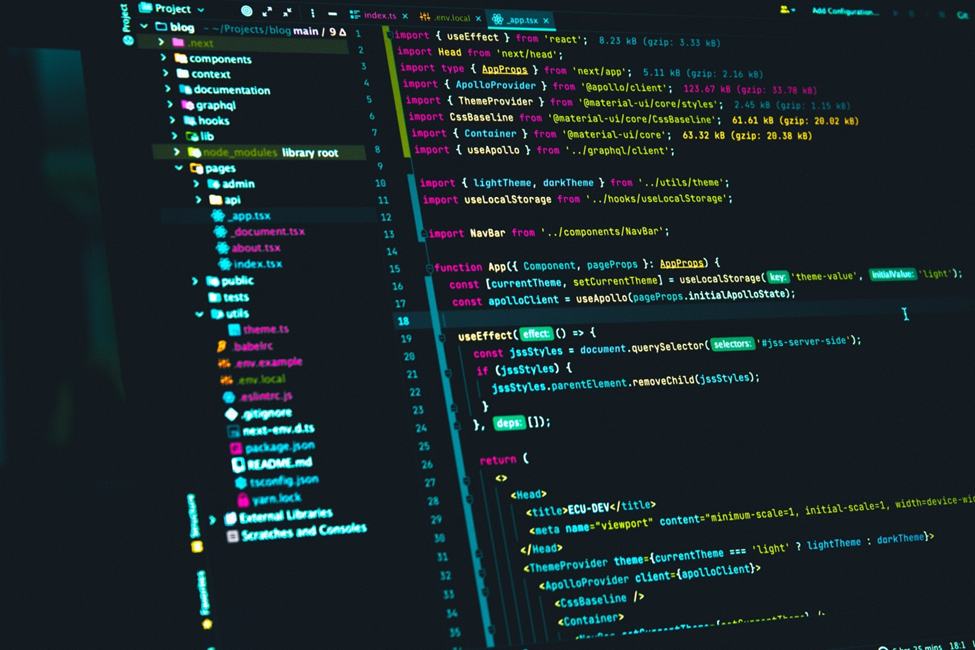Overcoming Insider Threats in Open Source Environments

The recent discovery of a backdoor in XZ Utils, a widely used Linux tool, raises concerns about the security of the open-source ecosystem. While the open-source community successfully reacted to remove the malware, this event highlights the presence of spies within their midst and the need for stricter security measures.
Potential solutions exist, such as external certification processes or code reviews by external companies, but implementing them can be challenging.
Understanding & Overcoming Insider Threats in Open-Source Environments
 The power of the open source community to quickly respond to crises like the XZ Utils backdoor must be highlighted, as exemplified by ethical hackers' prompt removal of the malware. However, this also raises critical questions about the overall security and trust within the open-source ecosystem.
The power of the open source community to quickly respond to crises like the XZ Utils backdoor must be highlighted, as exemplified by ethical hackers' prompt removal of the malware. However, this also raises critical questions about the overall security and trust within the open-source ecosystem.
One intriguing point to consider is the comparison between this incident and an internal corporate hack carried out by a disgruntled employee. It suggests that just as organizations face insider threats, the open source community may also be vulnerable to similar espionage acts. This analogy sparks curiosity and forces organizations to consider the implications of insider threats in a community built on trust.
Recent attacks have raised thought-provoking questions regarding the need for stricter security measures in the open-source ecosystem. Implementing an external certification process or having external companies conduct code reviews and certify software could help reduce risk. However, these approaches have potential complications and legal liabilities. This tradeoff leads businesses to critically assess the balance between security measures and the fundamental principles of open-source collaboration.
This incident has significant implications for security practitioners, particularly Linux admins, infosec professionals, internet security enthusiasts, and sysadmins. It challenges them to reevaluate their trust in contributors and consider implementing additional security training and measures to mitigate insider threats. CISOs and cybersecurity teams must always consider the potential risks insiders pose and explore ways to conduct internal source code reviews on open-source software.
Looking ahead, the long-term consequences of this incident could result in a more cautious approach to open-source collaboration. Change will come slowly, and the open-source community may need to adapt to evolving threats by implementing new security measures and creating awareness of insider risks.
Improving Open Source Security: Our Final Thoughts
The recent XZ Utils backdoor incident and its implications for the open-source ecosystem highlight the need for security practitioners to remain vigilant and proactive in addressing insider threats while questioning the potential consequences of implementing stricter security measures. As security practitioners, reflecting on the vulnerabilities within open-source environments and considering how you can contribute to a safer and more secure community is critical.























